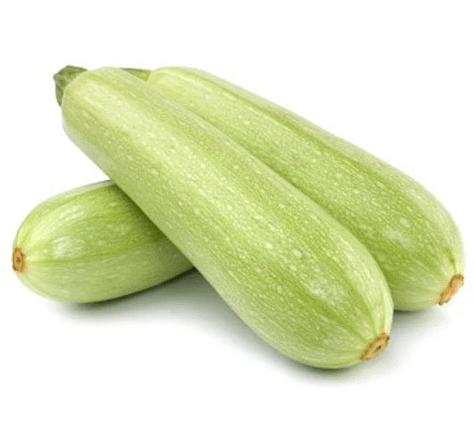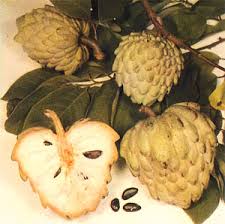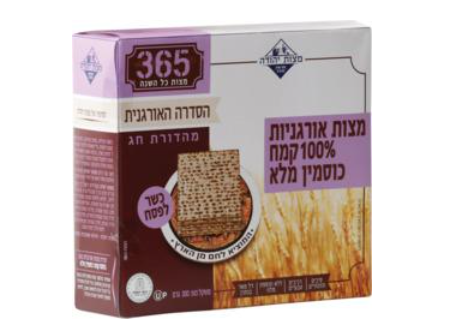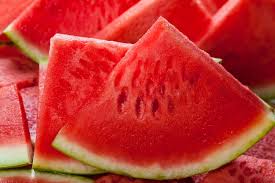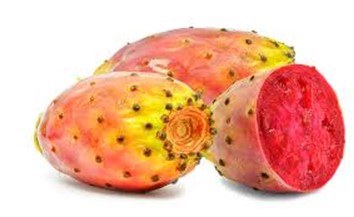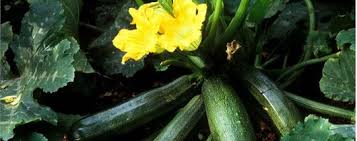Zucchini is one of the most common vegetables in Mediterranean cuisine.
In North African kitchens, it's often a main component in the couscous soup. In Turkish and Arab cuisines, it's stuffed with rice and ground lamb, creating a dish known as "Kusa Mahshi." The Italians have turned it into an antipasto superstar. In short, we have a feeling that zucchini is an authentic vegetable that's been with us since Roman times, but it hasn't.
Despite their presence and passion, zucchinis are not actually native to the Mediterranean. They belong to the gourd family, and their origin lies in the Americas (just like tomatoes, potatoes, peppers, squash, and many other treasures). Actually, zucchinis entered the Mediterranean cuisine only about 450 years ago.
Indeed, the Hebrew language adds an extra layer of complexity to this linguistic and culinary journey. The term "kishu" has ancient roots in Hebrew and appears in the context of edible plants in the Torah. For instance, in the Book of Numbers, Chapter 11, there's a mention of "the cucumbers and the melons."
We don't exactly know what vegetable or fruit is referred to in ancient Jewish sources, but one thing we can say for certain is that it's not the zucchini we know today (which was not known during the biblical period and was recognized by only a few indigenous American cultures). The assumption is that it's a vegetable closely related to cucumber or gourd.
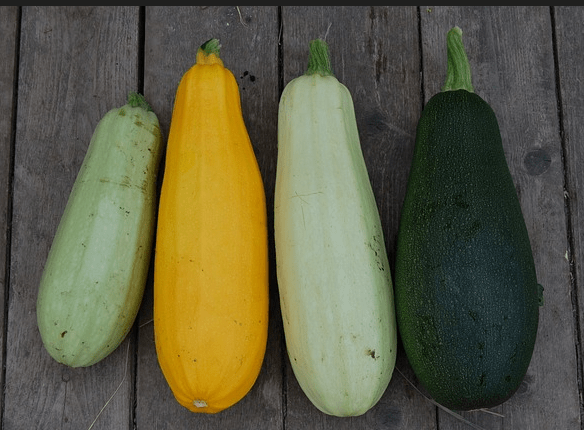
In fact, with the revival of the Hebrew language in the late 19th century, a competition emerged between the terms "kishu" (קישוא) and "melafefon" (מלפפון), with "melafefon" not yet associated with the vegetable. Those who seek can find in early Hebrew literature the use of the term "kishu" in contexts that clearly refer to "melafefon" (cucumber). For example, in Yosef Haim Brenner's novel "Bachoref," the phrase "kishuim chamutzim" is used, referring to pickled cucumbers. Although I once tasted Asian pickled zucchini, which was delightful, when Brenner writes about "kishuim chamutzim" in the context of food in a Jewish village, he means pickled cucumbers.
In any case, the term "melafefon" eventually became associated with cucumbers, while "kishu" was likely influenced by the common Arabic term for the vegetable, "kusā," and officially became known as "del'at hakishu" (דלעת הקישוא) or simply "kishu" (קישוא) in Hebrew.
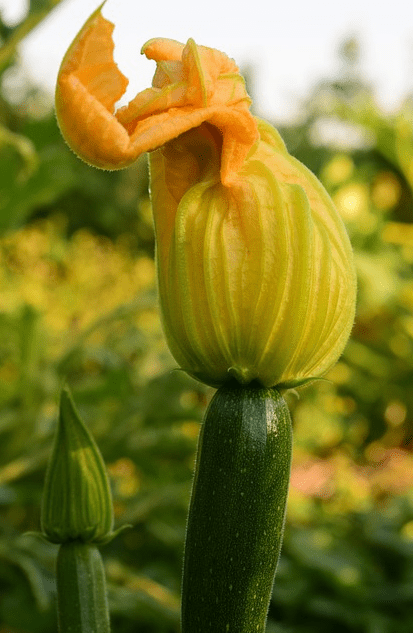
Botanically speaking, the cucumber is a fruit, and unlike most fruits, it's picked and consumed several weeks before it ripens.
Zucchinis, while originally from the Americas, continued to undergo cultivation even after their introduction to the old world. The Italians were the ones who brought forth the dark green varieties and bestowed upon them the name "zucchini" (with yellow or orange varieties also existing). Most zucchini varieties are elongated, but there are also round zucchinis (perfect for stuffing). While Italian zucchinis are characterized by dark and uniform colors, in the Eastern Mediterranean region, you'll mostly find the lighter colored varieties (white, light green, and striped), and that's what awaits you in our box this week, locally grown organic cucumbers of the local Baladi variety. Pure delight.
Zucchinis are very low in calories but rich in dietary fiber, potassium, vitamin A, and, of course, they have a delicate, mild, sometimes almost sweet flavor. They can be baked, pickled, incorporated into soups, sauté and stir-fry them, and even thinly slice them raw for use in salads.

